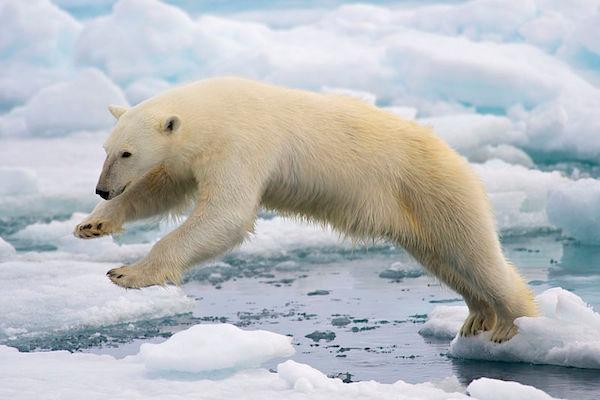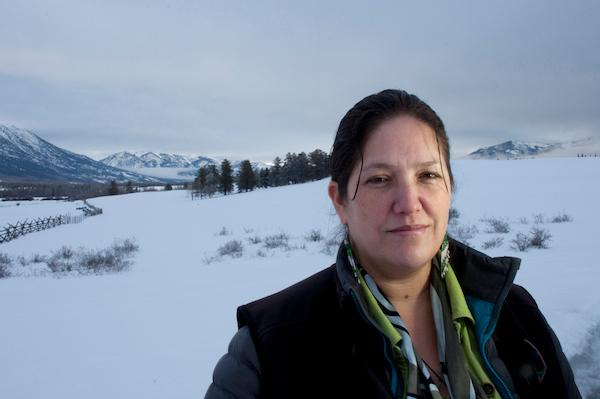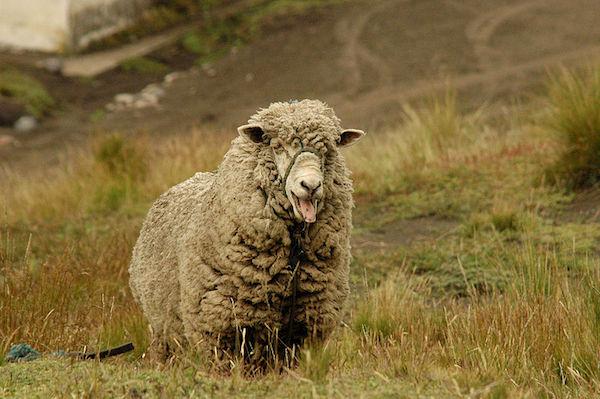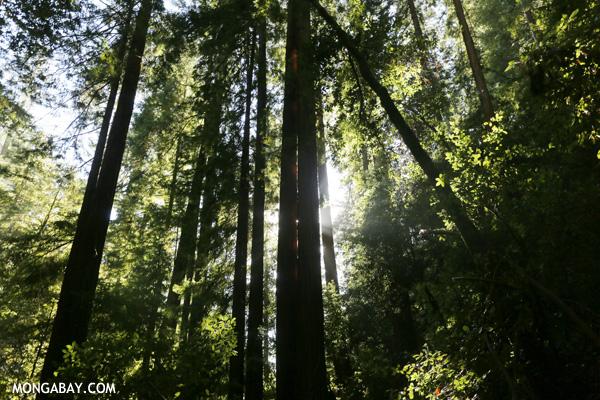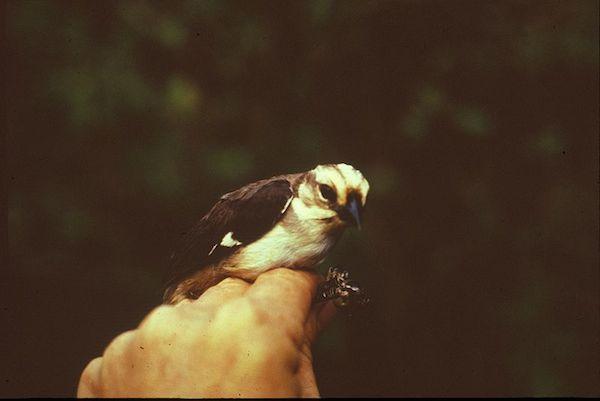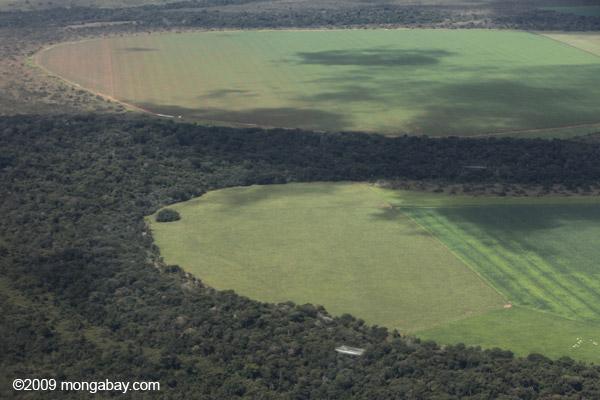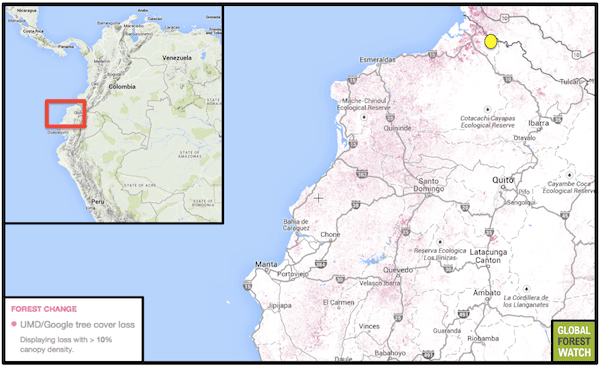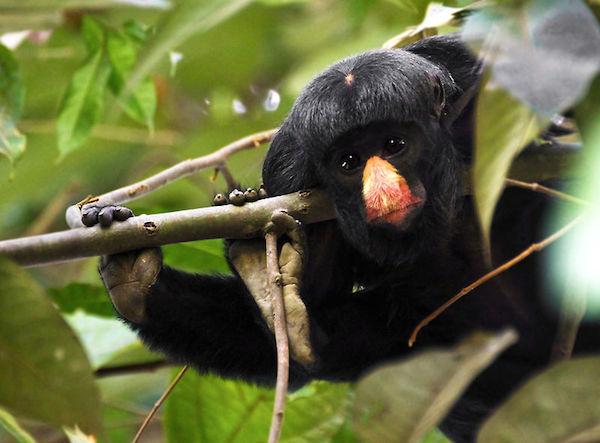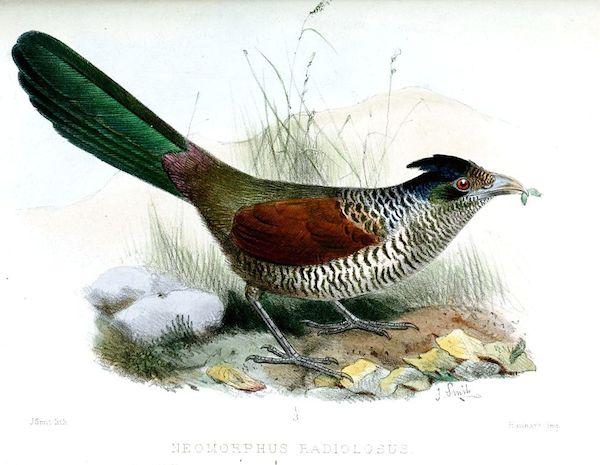Morgan Erickson-Davis
Author
CONTACT ME
Website: news.mongabay.com
LATEST
Conditional Approval Granted for Offshore Arctic Drilling
Earlier this week, the Bureau of Ocean Energy Management (BOEM) approved Shell Gulf of Mexico Inc.’s multi-year Exploration Plan for the Chukchi Sea off the northern Alaska coast.
|
Woman Defeats Mine, Saves Wilderness, Wins $175,000
When a huge open-pit mine threatened a pristine lake and surrounding forest in British Columbia, Canada, Marilyn Baptiste jumped into action, spearheading efforts to collect environmental impact data and even physically turning away construction crews.
|
Recycling Abandoned Pasture May Save Forests
In a recent study, researchers investigated restoration of abandoned agricultural land in Ecuador, finding that planting trees and even re-establishing pasture may help limit conversion of more forest to farmland.
|
Temperate Rainforests Threatened By Global Warming
If you Google “rainforest,” you’re almost assured to get a page of search results mostly about the tropics. Yet, another kind of rainforest also exists: temperate rainforests.
|
Critically Endangered Bird Gets New Addition to its Reserve
An unassuming brown bird, tiny both in body and population size, hovers on the edge of extinction as much of its habitat has been cleared for agriculture and its nests are parasitized by cowbirds. In response, conservation organizations created a reserve expressly for the species’ preservation in the late 1990s; now that reserve is being expanded to try to push one of the world’s most endangered bird species farther back from the precipice.
|
Indigenous Amazon Forest Stores Carbon
Carbon emissions from human activities are the big player in global warming, and scientists have long known that tropical forests are vital for sequestering excess carbon
|
Ecuador--Dracula Reserve Proposed
Deep in the dark, cool forests of Ecuador live strange and mysterious organisms. Some inhabit the trees and others stay to the ground, and many are threatened by human encroachment. Because of this threat, Rainforest Trust has launched a Halloween fundraising drive to help pay for the creation of the Dracula Reserve--named for its dramatic inhabitant, the Dracula orchid.
|
Brazil-New Rainforest Reserve Declared
Earlier this week, the Brazilian government announced the declaration of a new federal reserve deep in the Amazon rainforest. The protections conferred by the move will ban deforestation, reduce carbon emissions, and help safeguard the area’s renowned wildlife.
|
Ecuador Reserve Expands as Forest Disappears
A strip of rainforest running along the northwestern Ecuadorian coast and up through Colombia is one of the most biodiverse places in the world. Yet, less than 10 percent of Ecuador’s portion remains intact, with more forest lost every year to human development. But word came Oct. 7 that a little more has been saved for now, with a 500-hectare expansion of the Río Canandé Reserve.
|
Elephants Worth Much More Alive, Than Dead
Elephants are worth 76 times more when they’re alive than dead, according to a new analysis released this past weekend. The report follows on the heels of findings by WWF that the world has lost 50 percent of its wildlife over the past 40 years, with more than half of African elephants killed for ivory in just one decade.
|
Conditional Approval Granted for Offshore Arctic Drilling
Earlier this week, the Bureau of Ocean Energy Management (BOEM) approved Shell Gulf of Mexico Inc.’s multi-year Exploration Plan for the Chukchi Sea off the northern Alaska coast.
|
Woman Defeats Mine, Saves Wilderness, Wins $175,000
When a huge open-pit mine threatened a pristine lake and surrounding forest in British Columbia, Canada, Marilyn Baptiste jumped into action, spearheading efforts to collect environmental impact data and even physically turning away construction crews.
|
Recycling Abandoned Pasture May Save Forests
In a recent study, researchers investigated restoration of abandoned agricultural land in Ecuador, finding that planting trees and even re-establishing pasture may help limit conversion of more forest to farmland.
|
Temperate Rainforests Threatened By Global Warming
If you Google “rainforest,” you’re almost assured to get a page of search results mostly about the tropics. Yet, another kind of rainforest also exists: temperate rainforests.
|
Critically Endangered Bird Gets New Addition to its Reserve
An unassuming brown bird, tiny both in body and population size, hovers on the edge of extinction as much of its habitat has been cleared for agriculture and its nests are parasitized by cowbirds. In response, conservation organizations created a reserve expressly for the species’ preservation in the late 1990s; now that reserve is being expanded to try to push one of the world’s most endangered bird species farther back from the precipice.
|
Indigenous Amazon Forest Stores Carbon
Carbon emissions from human activities are the big player in global warming, and scientists have long known that tropical forests are vital for sequestering excess carbon
|
Ecuador--Dracula Reserve Proposed
Deep in the dark, cool forests of Ecuador live strange and mysterious organisms. Some inhabit the trees and others stay to the ground, and many are threatened by human encroachment. Because of this threat, Rainforest Trust has launched a Halloween fundraising drive to help pay for the creation of the Dracula Reserve--named for its dramatic inhabitant, the Dracula orchid.
|
Brazil-New Rainforest Reserve Declared
Earlier this week, the Brazilian government announced the declaration of a new federal reserve deep in the Amazon rainforest. The protections conferred by the move will ban deforestation, reduce carbon emissions, and help safeguard the area’s renowned wildlife.
|
Ecuador Reserve Expands as Forest Disappears
A strip of rainforest running along the northwestern Ecuadorian coast and up through Colombia is one of the most biodiverse places in the world. Yet, less than 10 percent of Ecuador’s portion remains intact, with more forest lost every year to human development. But word came Oct. 7 that a little more has been saved for now, with a 500-hectare expansion of the Río Canandé Reserve.
|
Elephants Worth Much More Alive, Than Dead
Elephants are worth 76 times more when they’re alive than dead, according to a new analysis released this past weekend. The report follows on the heels of findings by WWF that the world has lost 50 percent of its wildlife over the past 40 years, with more than half of African elephants killed for ivory in just one decade.
|

